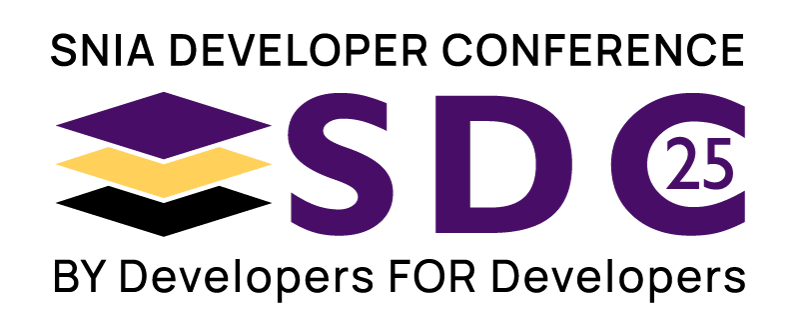
TCG Storage Workgroup Status Update

Abstract
This is an overview of the new standards work being defined in the storage work group of the TCG. This includes overview of the TCG Opal SSC, SIIS (Storage Interface Interactions Specifications), Configurable Namespace Locking, and Key Per IO. The session may also touch upon some of the enhancements being worked on in the work group such as Settable Trylimits and Persistence feature set.
Learning Objectives
- Attendees would get an overview of the security related standards work being done as part of the TCG SWG.
- Get information on the status of TCG Storage security additional features and changes to the current specifications.
- Have a high level view of the trend of storage security development and potentially participate the activities that are relevant




